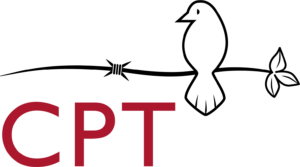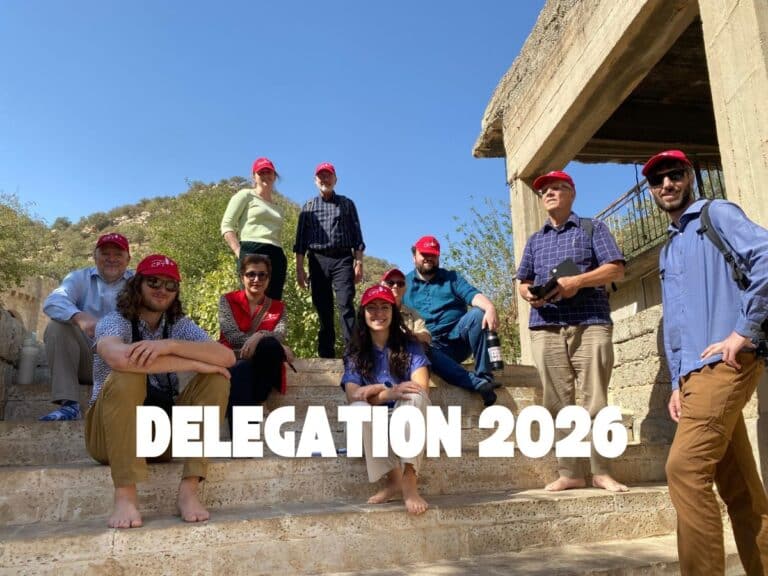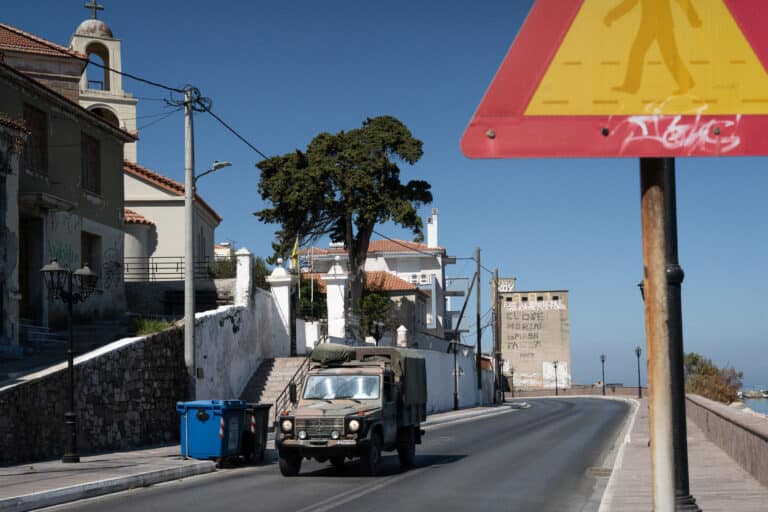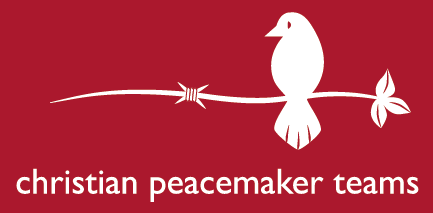by Chris Knestrick, Kim Lamberty and Sandra Rincon
After marching for over a month, 10,000 representatives of Colombia’s
indigenous peoples from 102 towns arrived in Bogotá on 20 November, where they
camped on the grounds of the national university for five days. They sought a meeting with President Uribe
and the Colombian government to demand respect for the rights of indigenous
communities. They also wanted to build
solidarity with other sectors of Colombian society in the struggle for a more
peaceful country.
This mobilization, termed a “Minga,” or
gathering of the peoples, started on 10 October in the Cauca
province of southern Colombia.
Shortly thereafter, Colombian police
opened fire, killing three and injuring 130.
The marchers continued on even after President Uribe warned them not to
enter Bogotá.
“We are peacefully exercising our rights
to social and civil resistance,” they said.
The day after they arrived in the city, thousands of students, social
organizations, and unions joined the marchers in one of the largest
demonstrations in recent Colombian history.
A “Minga” is only called during a serious
and important time. This Minga brought
two central messages: that all the victims of the war in Colombia must
raise their voices to end the war and build a new Colombia that serves everyone; and
that the government must stop giving the land of indigenous communities to
multinational corporations that exploit the nation’s natural resources. The
indigenous communities, who live on ancestral, communally owned lands
particularly objected to taxation of their lands, privatization of water
sources, and resource exploitation by multinational corporations that has led
to contamination of their water.
The Minga offered the following proposals:
1) reject a free trade agreement with the United States; 2) form
a joint commission to investigate and prosecute human rights abuses; 3)
honor all past agreements with indigenous peoples; 4) reject Plan Colombia; 5)
apologize and pay reparations for those killed or injured during the Minga; and
6) institute a number of legislative and constitutional reforms that would
guarantee sovereignty, peace, and co-existence for all peoples of Colombia.
Many of Colombia’s social sectors agreed
to the six points brought to the government by the Minga. The individuals most affected by the war – the
indigenous, women, Afro-Colombians, campesinos, and laborers – vowed
to continue the work together for a more peaceful country.
After President Uribe refused to meet with
the marchers, Minga representatives met with other government officials until early
December when leaders decided to not continue.
They vowed to return to their communities and continue “walking the word”
throughout the country and the world.
“To ‘walk the word’ is to live our
ancestral culture, our autonomy,” explained a leader of the Nasa nation to
CPTers visiting Cauca in 2005.
CPTers accompanied the Minga from 16 to 24
November.



